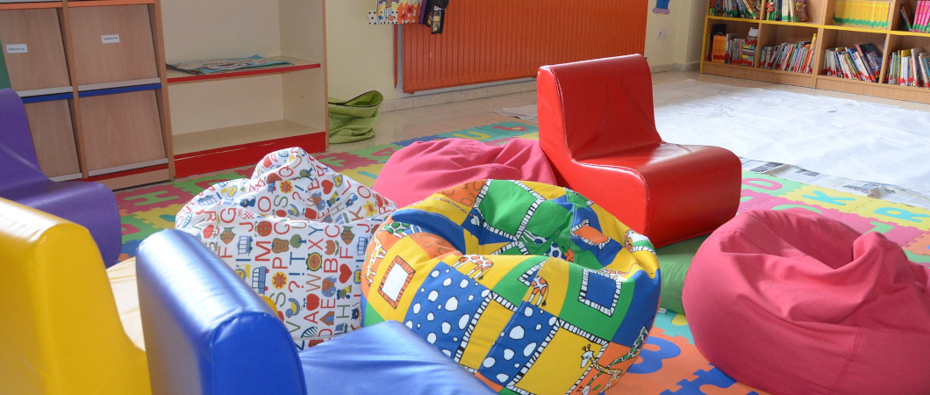Page Contents

Environment
The environment can play a crucial role in eliminating or minimising a young person’s barriers to learning, enabling them to reach their potential academically, socially and emotionally. Here are some strategies to consider when creating an environment that is Communication Friendly:
- The school or setting has a supportive and inclusive ethos for all, which is driven by the Senior Leadership Team (SLT) and Governors, and implemented by the Teachers, Teaching Assistants (TA) or Learning Mentors (LM), Midday Supervisors and the wider school community.
- The Child or Young Person (CYP) will access a supportive, language-rich, and inclusive learning environment, which reinforces the development of language and communication through verbal and non-verbal means.
- There is a consistent, well-informed, and coherent whole-school approach to developing speech, language, and communication for all pupils.
- The school has a system for identifying CYP who are struggling with speech, language, and communication. Staff will respond with appropriate support and know when to escalate concerns through the school’s Graduated Approach and response to need systems. This may include referral to outside agencies for further assessment, advice, and support.
- School staff will work collaboratively with relevant external agencies, including Speech and Language Therapy Services, Cambridgeshire Special Educational Needs and Disability 0-25 Services (SEND 0-25) and other appropriate services, to achieve the best outcomes for the CYP. Schools should have a mechanism for cascading important information from external practitioners to all the relevant adults around the young person.
- Staff within schools have access to up-to-date training around Speech, Language and Communication needs to ensure they understand how to identify and manage children with language disorders in their classroom.
- All members of staff model appropriate language and communication. Where a CYP relies on an alternative means of communication, staff will be informed and follow the inclusive practice.
- Learning areas and resources are organised, accessible and appropriately labelled with pictures, symbols or words. This will ensure accessibility and inclusivity for all CYP.
- Schools promote the importance of visual resources as vital learning tools and there is a consistency in their use across the curriculum. For example, graphic organisers used across all subject areas.
- All staff working with a CYP with Speech, Language, and Communication (SLC) needs will understand their profile of strengths and needs.
- Seating plans and groupings of CYP take account of individual needs. Provide opportunities to access ‘talking partners’ with good language skills who can act as communication role models and collaborate in learning tasks. Children and young people with SLC may need to sit near the teacher and/or away from distractions like busy corridors or windows.
- All staff understand the impact that SLC can have on a CYP’s wider experiences. This includes their learning, attainment, access to the curriculum and ability to make expected progress, literacy levels, attention and listening skills and social, and emotional well-being and mental health.
Glossary
Click the button below to go to the glossary page.

